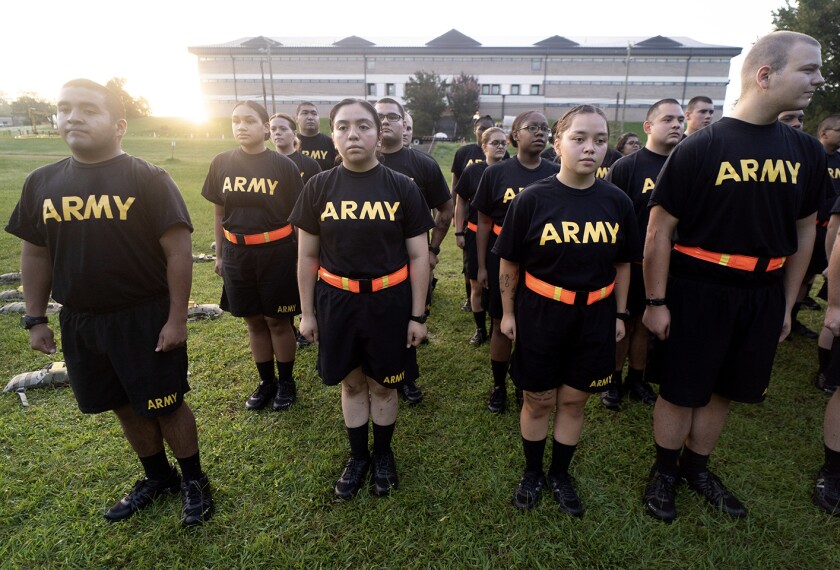Student financial-aid advocates are clinging to hopes that Congress will reverse the doubling of interest rates for federally subsidized student loans to 6.8 percent when it returns from recess, even as they voice disappointment about lawmakers’ failure to stave off the increase prior to the July 1 deadline.
Last year, when lawmakers confronted the same scenario, a compromise was struck on June 29 to extend the 3.4 percent rate on federally subsidized student loans for one year. This time, several long-term proposals were floated tying rates to the market. But the parties couldn’t agree on the details, including setting a cap on rates.
“It feels like the same old story now with Washington broken,” said Rory O’Sullivan, the policy and research director for Young Invincibles, a Washington-based nonprofit advocacy group. “This time around, there were lots of policy ideas about how to fix things, and even then, we couldn’t get anything done. It’s pretty disappointing.”
There was some hope among supporters that Congress could pass legislation to retroactively affect rates when it reconvened after the July 4 holiday. The U.S. Senate was scheduled this week to consider an extension of the 3.4 percent rate for one year. “We think it’s the best option at this point,” said Mr. O’Sullivan, adding that with the new school year around the corner, action can’t be delayed much longer.
The latest plan, a bipartisan proposal in the Senate, was rejected by that chamber’s leadership. The U.S. House of Representatives had offered its own solution, as did the Obama administration.
All approaches included some form of linking future interest rates on loans to the 10-year Treasury note rates, but student groups argued that interest rates in the proposals started higher than necessary and that the caps were too high to offer meaningful protection to students.
Increase Triggered
When Congress failed to intervene before July 1, the College Cost Reduction and Access Act expired, triggering the automatic increase for students now taking out need-based Stafford loans. The increased finance charges are estimated to affect nearly 8 million students as they take out new loans. For students who take out the average loan of about $3,600, it would translate into about $1,000 more in interest fees for the entire life of the loan. Multiply that by four years of college, and it could increase costs by $4,000, according to Gigi Jones, the director of research for the National Association of Student Financial Aid Administrators.
“There’s not much evidence to suggest that students are not going to college because of this,” said Clare McCann, a policy analyst for the New America Foundation, a bipartisan public-policy institute in Washington. Still, she said, there is concern that students might look at the new interest rate and decide to take out a private loan, which doesn’t have the same protections for students as federal loans.
In pushing for lower rates, many advocates point to the latest figures that show two-thirds of college seniors graduated with debt averaging $26,600 per borrower.
Planning Complications
The change in loan rates makes planning for college expenses uncertain, said Megan McClean, the director of policy and federal relations for the financial-aid administrators group.
“We don’t think putting a one- or two-year fix like we did last year is a good policy in this circumstance,” she said. The short-term fixes can be expensive—$6 billion last year—and were paid for, in part, by restricting eligibility.
She also said financial-aid officers on campuses across the country have been preparing for the interest-rate increase and are proceeding as if the new 6.8 percent rate is permanent, although talk of Congress possibly intervening can complicate the process. “It’s tough not to know until the actual day what your rate is going to be and how to plan for it,” said Ms. McClean.





